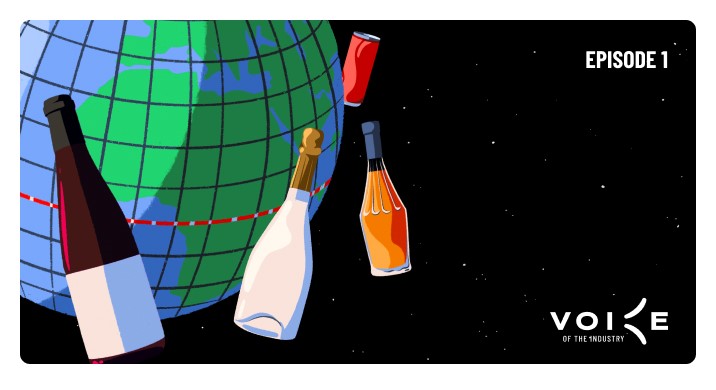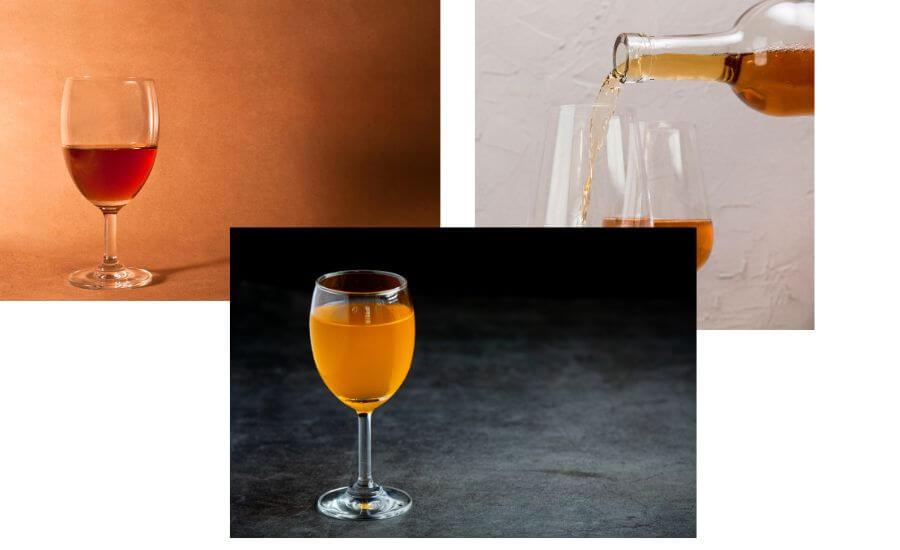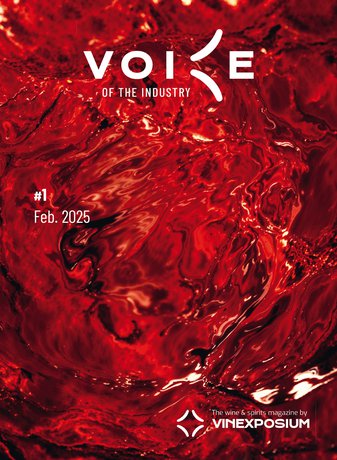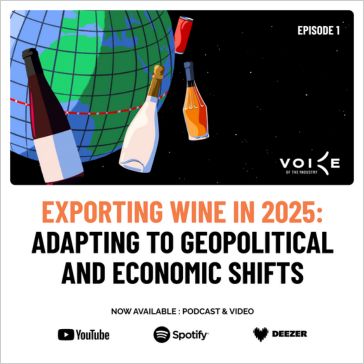Pinning down future growth opportunities in a contracting global wine market
Since 2018, world wine consumption has followed a steady downward trajectory. We take a closer look at what is fuelling the trend, and most importantly, where the bright spots can be found.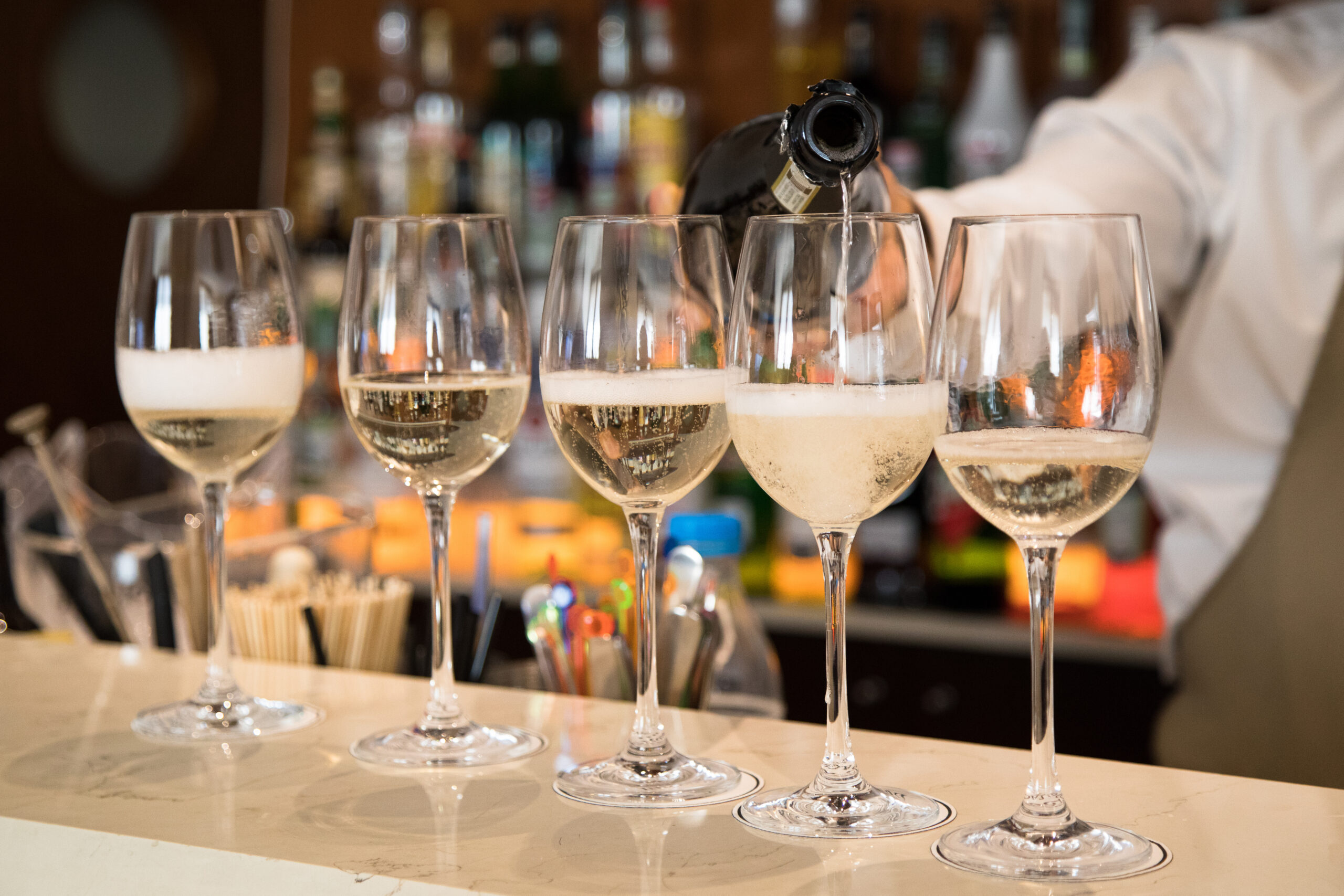
Structural and transient factors have combined to create the perfect storm for driving down wine consumption — and, at least in the short-term, there are scant signs of a turnaround, according to the latest International Wine and Spirits Record (IWSR) research. “Our data shows continued volume declines for wine in 2024, largely driven by declines in Europe and the Americas,” confirms Dan Mettyear, research director with IWSR. “Declines are expected to continue in 2025.”
It’s not all doom and gloom, though. There are pockets of hope, both geographically and for product segments. Weathering the storm better than other industry players
are those producing and selling Prosecco, whose cost-effectiveness compared with Champagne is a definite bonus given the current dip in discretionary spending. There’s also rosé, particularly the premium iterations, lower-alcohol styles or wines “that are differentiated but not overly complicated and with a clear value proposition,” Mettyear notes.
Potential sources of growth
From a regional perspective, IWSR has identified two hotbeds of growth for wine consumption that may come as a surprise: Africa and the Middle East. Admittedly, the two regions only represent a small share of global consumption (less than 4% according to IWSR) but forecasts for +3% CAGR through 2028 are encouraging. “This is driven by population growth, disproportionately young populations, high urbanisation rates and the discovery of the wine category as a whole,” Mettyear explains.
Nigeria alone has a population of 250 million, set to double by 2050, and the thirst for wine there is tangible. “Right now, there are no events in Nigeria where you would not see bottles of wine, whereas in the past it was beer or brandy,” says wine consultant Chinedu Rita Rosa, whose company Vines by Rosa provides two-way support for exporters and African importers. “There is nowhere in Africa where there is no growth. Even in predominantly Muslim countries, they drink a lot. It might be under the radar, but they do.” Tourism and sizeable expat communities are also stoking the trend.
Whites and rosés still bullish
One of the most damaging aspects of the downturn in wine consumption is that it has inordinately affected certain producers, particularly those with a focus on red wines, hence the recent spate of vine pulls. And IWSR is not the bearer of good news for the world of rouge: “White and rosé wines have been consistently eating away at the share of red wine for a number of years, and this is expected to continue towards 2028, by which time whites and rosés are expected to reach parity with red’s share of the market,” says Mettyear.
Again, Africa and the Middle East are set to buck the trend, with reds likely to outpace white and rosé development within the same timeframe. Higher ABVs in red wine due to climate change, demand for fresher, lighter and easier-drinking wines, evolving meal structures and the general development of more casual drinking occasions all favor whites and rosés over reds. Mettyear’s word of advice is, “If reds are to stay relevant, particularly among younger legal drinking consumers, a shift in style towards lower alcohol, refreshing, chilled, versatile drinks could help respond to current and future preferences.”
New product development (NPD) is an avenue the industry has been exploring for some time, and it’s proving to be pivotal to ensuring growth. “Recent analysis of IWSR data over the past 10 years showed that innovation as a whole – which includes new to world products, or line extensions, or launches in new geographies – accounted for almost all of the sales growth by value in beverage alcohol over that period,” explains Richard Halstead, COO Consulting and Consumer Research with IWSR.
Yet the same datasets also show that innovation is never easy. “Plenty of innovations fail, or at least don’t last long. So our conclusion from the data is that innovation is essential, but difficult to do well,” Halstead notes.
Three major trends wines can cater to
Listening to the market and taking cues from other successful categories are also essential to future-proofing wine competing in an ocean of drinks options. Halstead urges the industry to find ways to put a positive spin on the major forces currently driving the alcohol beverage market. “Some of the strongest emerging trends are around moderation, occasion and (ready-to-drink) RTDs. Wine is fortunate enough to be in a position to exploit all three of these.”
Halstead’s final words of advice (or warning?) are worth remembering: “Within this challenging environment, the winners will be the ones who approach the future with better information than anyone else, better understanding of what drives consumer behavior, a laser-like focus on what makes their organisation and brand(s) stand apart from competitors, and better relationships with the supply chain.”
Sharon Nagel
British-born Sharon Nagel has been a journalist and translator specialising in wine for 35 years. She writes for leading French online publication Vitisphere and also contributes to corporate communications.

